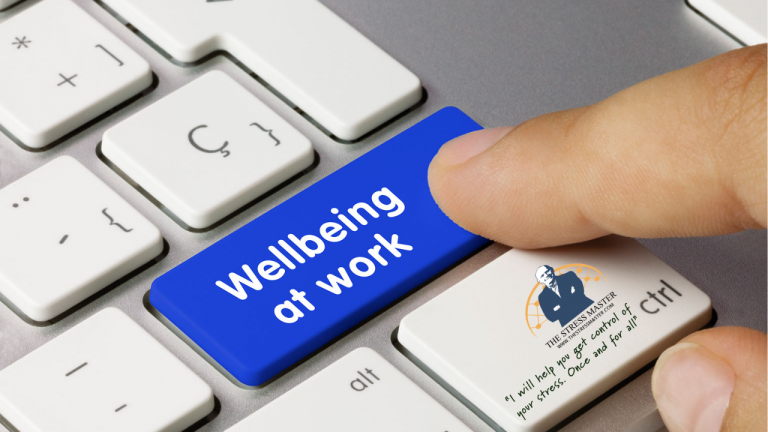There is a lot of noise around the topic of how to help workers manage their stress , become healthier and thus more productive. But the question of who is responsible for worker health always comes up. Is it up to the employee or the employer to make sure that the worker is healthy mentally, emotionally, and physically?
Even though employees are responsible for their own physical and mental health, businesses believe more than ever that they play a role in the well-being of their staff and are mostly responsible for putting in place measures to help their employees take better care of themselves.
Employers are becoming more aware of their responsibilities to their workers, the effects of stress in the workplace, and the associated costs like increased sick days, low productivity, and high employee turnover.
Employers are becoming more responsible for the safety of their employees while they are at work and are providing a safe working environment, in line with workers’ expectations that their employers will provide a safe workplace. Employees want their employers to protect them from job-related dangers, but they must also recognise their own responsibility in maintaining a safe workplace.
Employees need to work in a supportive environment that recognises the value of effective teamwork and individual contributions, but they can also take part in building a culture where they can succeed alongside their coworkers.
Besides physical safety, workers are responsible for their own physical health, and employees should make time outside of work to exercise and maintain their physical health.
I believe we are responsible for our own health and well-being! However, the organisation must share in that responsibility. It falls to the organisation to create an environment that enables and makes it easier for employees to maintain a level of mental, emotional, and physical health.
Every company and workplace must create a place where toxic behaviour is not accepted. While poor management practices can contribute to employee stress, employees must be able to work in a way that allows them to work well together and also make their own contributions. Employers should do what they can to create a healthy and happy work environment.
When there is a lot of competition and your performance is always compared to that of your peers, you can end up with low self-esteem and bad relationships that are difficult to fix.But employees can also share the responsibility for making the workplace a positive place to work for themselves and their colleagues.
If employees are experiencing stress or are emotionally ill in general, this can be remedied by analysing the causes of stress. These steps consist of:
- Monitor your stressors and your reactions to them. Uncertainty about the causes of stress is a significant contribution to the stress you are experiencing.
- Develop healthy responses to stress; recognise what is harmful to your health when managing your stress (such as what you drink and the food choices you make).
- Establish limits – whether with people or technology. For some, being available 24/7 can be extremely stressful.
- To avoid the negative effects of stress and burnout, take time to recharge. Speak with your supervisor or line manager. Given the correlation between employee health and workplace productivity, managers have an incentive to create a work environment that promotes positive employee health.
Some workplaces implement wellness programmes because it has been demonstrated that healthy employees are productive employees. According to studies, organisations with highly effective wellness and stress management programs have significantly lower voluntary attrition than those with less effective or no programs at all.
While each person is ultimately responsible for his or her own health and well-being, and well-being is a personal matter, leaders can provide the framework while employees take the initiative and care for themselves.
Ultimately, healthy and happy employees are more productive.
If you want help sorting out what is possible versus what is probable...please click here and set up a free 30 minute meeting and I’ll tell you if I can help.
Here’s to mastering your stress.
The Stress Master
Ches Moulton
About Ches Moulton, The Stress Master
Ches Moulton, a certified stress management consultant, is the UK’s leading authority on stress management.
His career has spanned more than 25 years, during which time he has been a much sought-after executive coach, psychotherapist, and trainer. His most recent work has focused on helping those with elevated levels of stress overcome their problems and enjoy productive lives, free from both the physical and mental consequences of chronic stress.
During his time as a business performance consultant, Ches has served as an advisor to both private businesses and government in Canada, the Caribbean, United Kingdom, Africa and the Middle East. He is the author of ‘How to Get Control of Your Stress: Instead of Stress Controlling You’, and the international best-seller ‘Choice and Change – How to Have a Healthy Relationship with Ourself and Others’.
For more information…including video’s, resources to download, and an opportunity to join Ches when he is live…please visit him at thestressmaster.com

